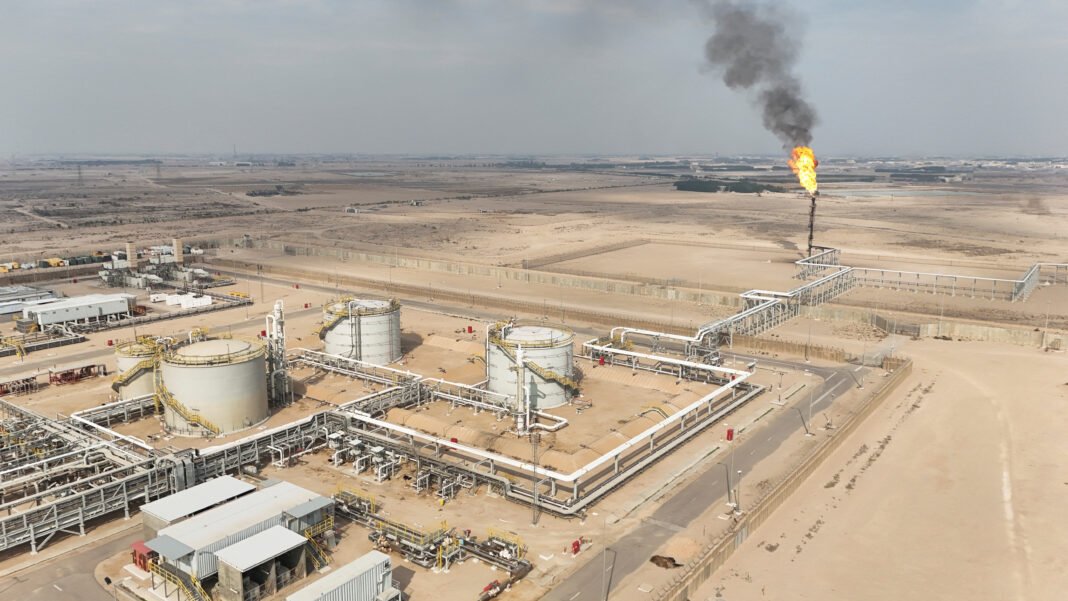Iraq boosts oil output at Nasiriyah and Saba Fields after strong local engineering efforts. The Ministry of Oil announced that both fields now produce 100,000 barrels per day (bpd). This marks the first phase of a broader development plan.
At the same time, at Nasiriyah, Iraq boosts output jumped from 52,000 bpd to 70,000 bpd. Engineers drilled and integrated seven new wells to make this happen. The field’s expansion reflects Iraq’s focus on increasing national oil production using local skills.
Meanwhile, the Saba Field saw a dramatic rise. Production climbed from 8,500 bpd to 30,000 bpd within just a few months. This fast progress highlights the strength and speed of Iraq’s technical teams on the ground.
Therefore, Iraq boosts oil output at Nasiriyah and Saba Fields as part of a plan to support its economy. These two fields play a key role in the country’s energy strategy. They help Iraq meet both export targets and local energy needs.
In addition, Saeed Zghair Shallagha, Iraq boosts Director General of Dhi Qar Oil Company, praised the local teams. He said their hard work and skill made the increase possible. The project relied fully on Iraqi engineering and drilling crews.
Moreover, the success at these two fields lays a foundation for more expansion. The Ministry aims to continue development through the next phases of its integrated plan. The goal is to maximize output without depending on foreign firms.
Furthermore, Iraq boosts oil output at Nasiriyah and Saba Fields to strengthen energy output and fuel growth. The oil sector remains vital for Iraq’s financial stability and public services.
As a result, this production increase also positions Iraq better in global oil markets. It supports OPEC+ production levels while showcasing national capabilities.
In conclusion, Iraq increases oil production at the Nasiriyah and Saba Fields to 100,000 barrels per day through local engineering efforts, thereby boosting national output and supporting the country’s broader energy development plan.





